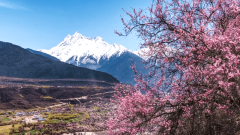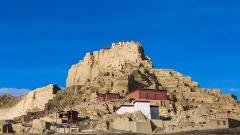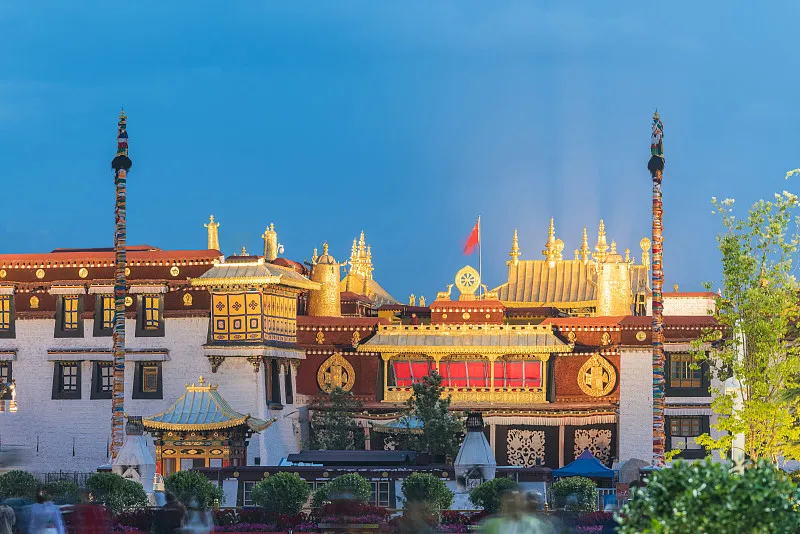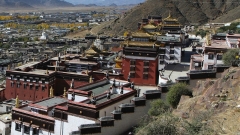High in the world’s heights lies a land that stirs the soul. Home to the majestic Potala Palace, the mirror-like sacred lake Namtso, the pilgrims prostrating toward Mount Kailash, and ancient monasteries filled with incense and chanting—this is Tibet.
Today, as China continues to ease entry and exit policies, travelers from many visa-free countries can finally explore China—and this mystical plateau—with far greater freedom. Whether you’re from Singapore, Thailand, Malaysia, Indonesia, Kazakhstan, the UAE, or other nations enjoying visa exemptions, a well-planned trip with the right documents can easily turn your Tibet dream into reality.
This article will walk you through China’s visa-free entry policies, how to access Tibet, recommended travel routes, and key tips—helping you embark on a journey you’ll never forget.
Which Countries Can Enter China Without a Visa?
As of now, China has unilateral or mutual visa exemption agreements with several countries. Most of these allow 15-day or 30-day visa-free stays.
Visa-free countries include:Singapore, Malaysia, Thailand, Indonesia, Kazakhstan, UAE, Serbia, Fiji, Maldives,Some EU countries (e.g., France, Germany, Italy, Spain) also enjoy short-term visa-free entry (always check current policies before departure)
This means travelers from these countries can enter mainland China with an ordinary passport and without applying for a visa, staying for a specified period (usually 15 days). During this time, you’re free to travel around China.
However: Despite this visa-free access to China, traveling to Tibet still requires an additional permit—the Tibet Travel Permit.
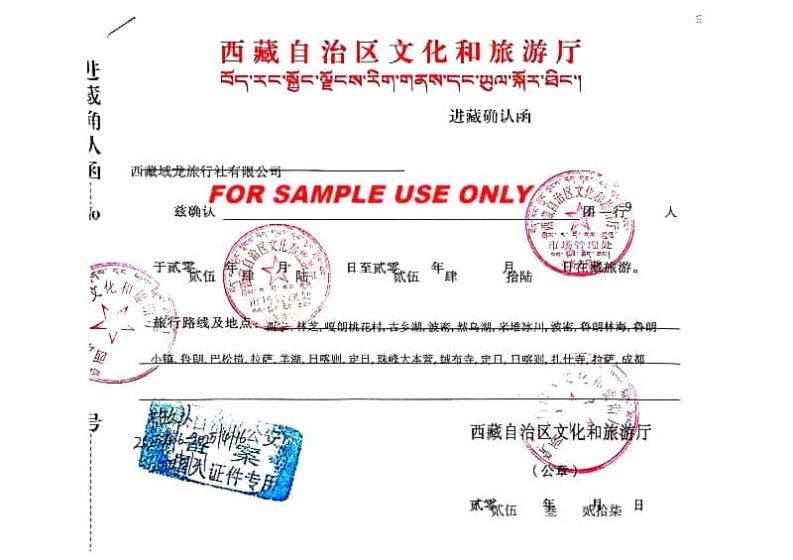
Tibet Travel Permit
Why Do You Need a Tibet Travel Permit?
Although Tibet is a part of China, its unique geographic, religious, and political status means all foreign nationals (including those entering China visa-free) must obtain a Tibet Travel Permit (TTP) to enter the region.
This permit cannot be applied for independently; it must be arranged through an authorized local travel agency in China. Preparation typically takes 7–10 working days in advance.
You’ll usually need to provide:
- A scanned copy of your passport’s main page (valid for at least 6 months)
- A copy of your Chinese entry stamp (or a flight booking if you haven’t entered yet)
- A basic travel itinerary (the agency can help prepare this)
- If entering via Nepal by land: documentation for the China–Nepal border crossing
Important: You cannot travel independently in Tibet even with a TTP. You must follow an itinerary arranged by the agency. However, most agencies offer flexible, semi-private, or customized options based on your preferences.
Recommended Routes for Visiting Tibet
Route 1 8-Day Classic Tibet Tour: Lhasa, Everest, Namtso & More
Highlights:Potala Palace, Everest, Namtso, Jokhang Temple, Yamdrok Lake, Karola Glacier, Shigatse, Tashilhunpo Monastery
Route 2 10-Day Flight-and-Train Deluxe Tibet Tour: Lhasa, Everest, Namtso & More
Highlights:Potala Palace, Everest, Namtso, Jokhang Temple, Yamdrok Lake, Karola Glacier, Shigatse, Tashilhunpo Monastery
Route 3 11-Day Tibet Peach Blossom Tour: Nyingchi, Lhasa, Yamdrok Lake & Shigatse
Highlights:Nyingchi Basomtso Lake Lhasa Yamdrok Lake Shigatse Tingri Tashilunpo Monastery
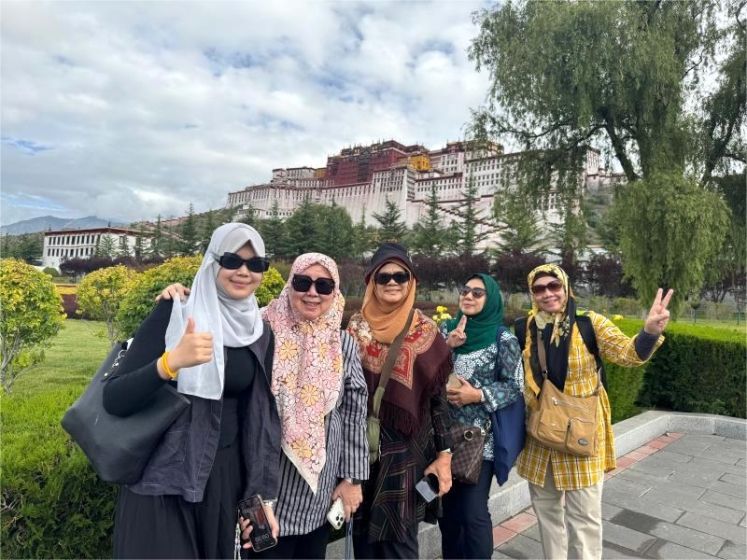
How to Get to Tibet from Abroad?
1. Via Chinese Mainland Cities (Most Recommended)
The most convenient option is to fly into a major Chinese city, then transfer to Lhasa.
Examples:
- Singapore → Chengdu/Chongqing/Kunming/Xi’an → Lhasa
- Malaysia → Guangzhou/Chengdu → Lhasa
- Bangkok → Kunming/Xining → Lhasa
Most of these cities offer frequent flights to Lhasa, with Chengdu being the most popular hub for Tibet-bound travelers.
2. Overland from Nepal (via Kathmandu)
For those also planning to explore Nepal, it’s possible to enter Tibet by land from Kathmandu.However, this route requires special border permits and arrangements through a travel agency. The scenery is stunning, but the process is more complex and time-consuming—not recommended for first-timers.
Travel Tips: High Altitude and Health
Tibet’s average altitude is above 3,700 meters (12,100 ft). Newcomers often experience mild altitude sickness. Here are some tips:
- Rest on the first day; avoid heavy physical activity
- Drink plenty of water and avoid long, hot showers
- Bring medications such as Rhodiola, glucose, or ibuprofen
- Nights can be cold, especially at Namtso or Everest—pack warm layers
- Follow your guide’s advice; do not enter restricted areas alone
Choosing a Trusted Travel Agency
Because foreign travelers must enter Tibet via an arranged tour, picking a qualified, experienced, and foreigner-friendly travel agency is crucial.
1.Look for agencies that offer:
- Years of experience handling Tibet permits
- English-speaking guides and support staff
- Full services including itinerary planning, permit handling, transport, and accommodations
2.Recommended agencies:
Both are known for reliable, flexible services tailored to solo travelers or small groups from Southeast Asia, Europe, and beyond.
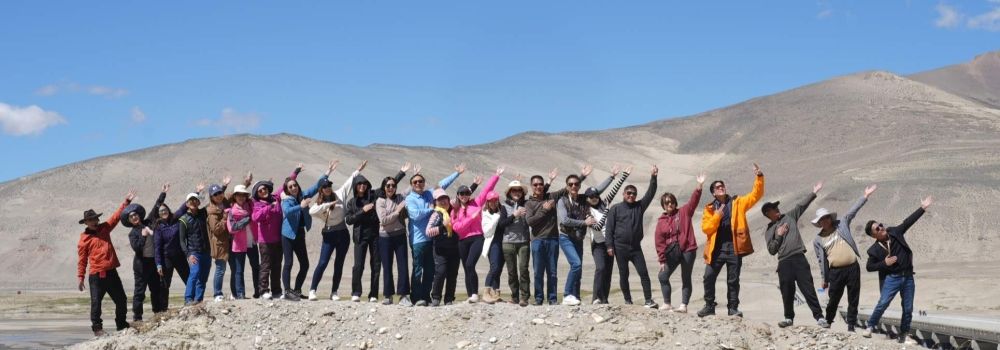
Tibet Is No Longer Distant—for You, It’s Within Reach
If you’re from a visa-free country, Tibet is closer than ever before. No complicated visa applications—just a passport, a well-prepared plan, and a heart open to faith and wonder are all you need to set off.
Feel the weight of history in front of the Potala Palace, count the stars beside Lake Namtso, or sip sweet tea under the sun on Barkhor Street. Tibet has never been just a destination—it’s a mirror reflecting who you are inside.
If you’ve ever dreamed of a journey that’s pure, raw, and soul-stirring—let this be your first meeting with Tibet.






